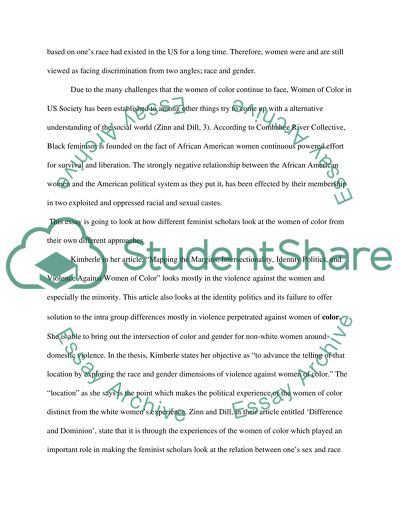Cite this document
(“How Feminist Scholar Looks the Women of Color Essay”, n.d.)
Retrieved from https://studentshare.org/gender-sexual-studies/1624680-how-feminist-scholar-looks-the-women-of-color
Retrieved from https://studentshare.org/gender-sexual-studies/1624680-how-feminist-scholar-looks-the-women-of-color
(How Feminist Scholar Looks the Women of Color Essay)
https://studentshare.org/gender-sexual-studies/1624680-how-feminist-scholar-looks-the-women-of-color.
https://studentshare.org/gender-sexual-studies/1624680-how-feminist-scholar-looks-the-women-of-color.
“How Feminist Scholar Looks the Women of Color Essay”, n.d. https://studentshare.org/gender-sexual-studies/1624680-how-feminist-scholar-looks-the-women-of-color.


